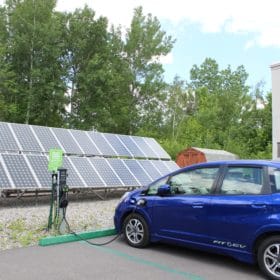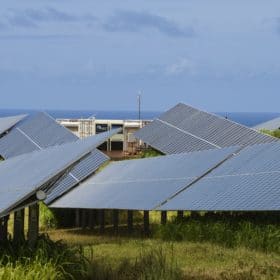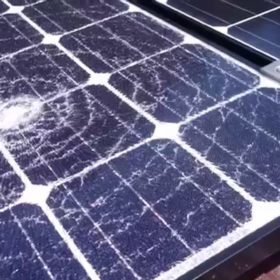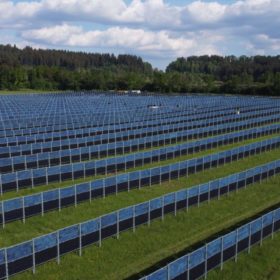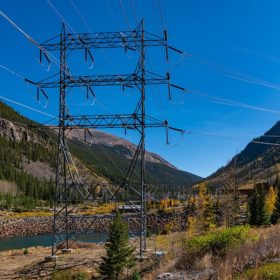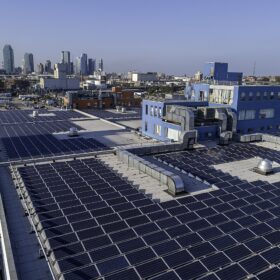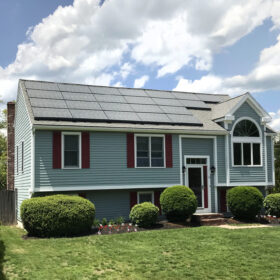Tesla introduces solar inverter
The Tesla Solar Inverter comes in 3.8 kW and 7.6 kW versions, and features two and four maximum power point trackers.
Sunrise brief: Duke Florida reaches deal for EV charging and floating solar
Also on the rise: Webinar panel discusses energy under Biden, JA Solar supplies modules for 88 MW project, partners develop P2P blockchain trading platform, and Total splits with API over climate, for now.
Solar, wind, storage superpower
In an interview with pv magazine publisher Eckhart Gouras, Tony Seba and Adam Dorr discuss their concept of “SuperPower”: by investing in even more solar PV and wind power than the lowest-cost system defined by the “Clean Energy U-curve,” the gain in additional energy, or “superpower,” is exponential to the money invested.
5 takeaways from a new NREL report on electrification’s future
The report looks at the potential impacts of widespread electrification on the U.S. electricity system—specifically, generation and transmission infrastructure investments, fuel use, system costs, and emissions.
Sunrise brief: NREL ups its cybersecurity research capabilities
Also on the rise: Tenaska could add 300 MW of solar to Indiana, advocates appeal an unfavorable ruling in Alabama, and a novel approach to combining solar and wind at one site.
Clear clogged interconnection queues with transmission planning: report
Interconnection queues, in which solar, wind and storage make up 90% of the projects, are “excessively slow, creating a backlog of unbuilt projects.” The culprit is inadequate transmission planning, says a new report.
CEC awards $5 million grant for hybrid energy storage demonstration
Using the California Energy Commission grant, Indian Energy will develop, integrate, and commission innovative Hybrid Modular Storage Systems as a long-duration energy storage technology demonstration project.
Urban land and aerosols could accelerate hail storm formation
Research from the U.S. Department of Energy has found that urban landscapes and man-made aerosols have the potential to accelerate hail storm formation, make their winds harsher and direct these storms toward cities.
Could agrivoltaics feed our demand for clean energy?
Agrivoltaics could result in more food, more energy, lower water demand, lower carbon emissions, and more prosperous rural communities, says an Oregon State University researcher. He plans to build a farm to prove the point.
Database lists 616,818 global sites for sustainable pumped hydro
Australian researchers said that oOff-river” pumped-hydro is not only able to overcome the typical topographical issues of conventional pumped-hydro but also is cheaper.

